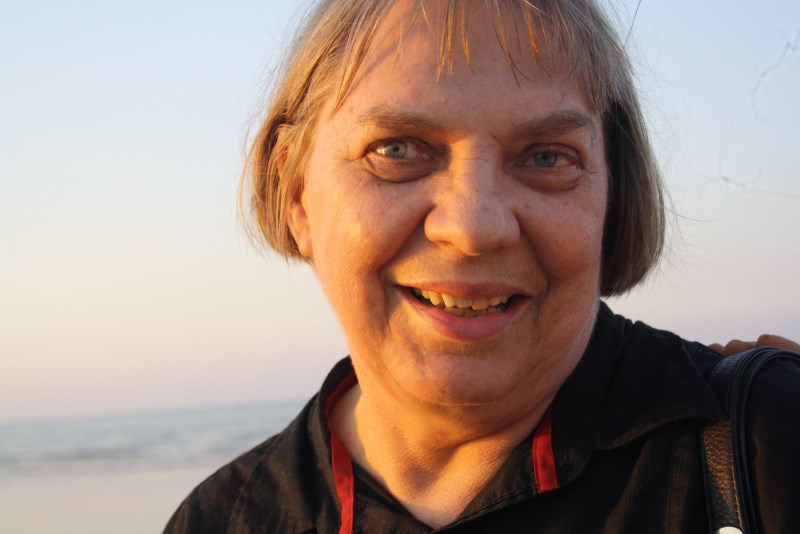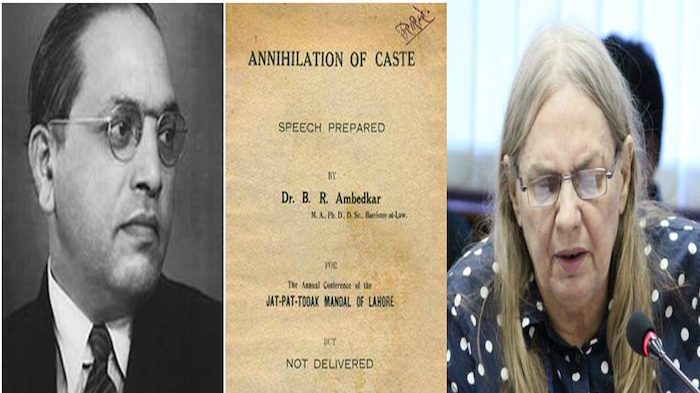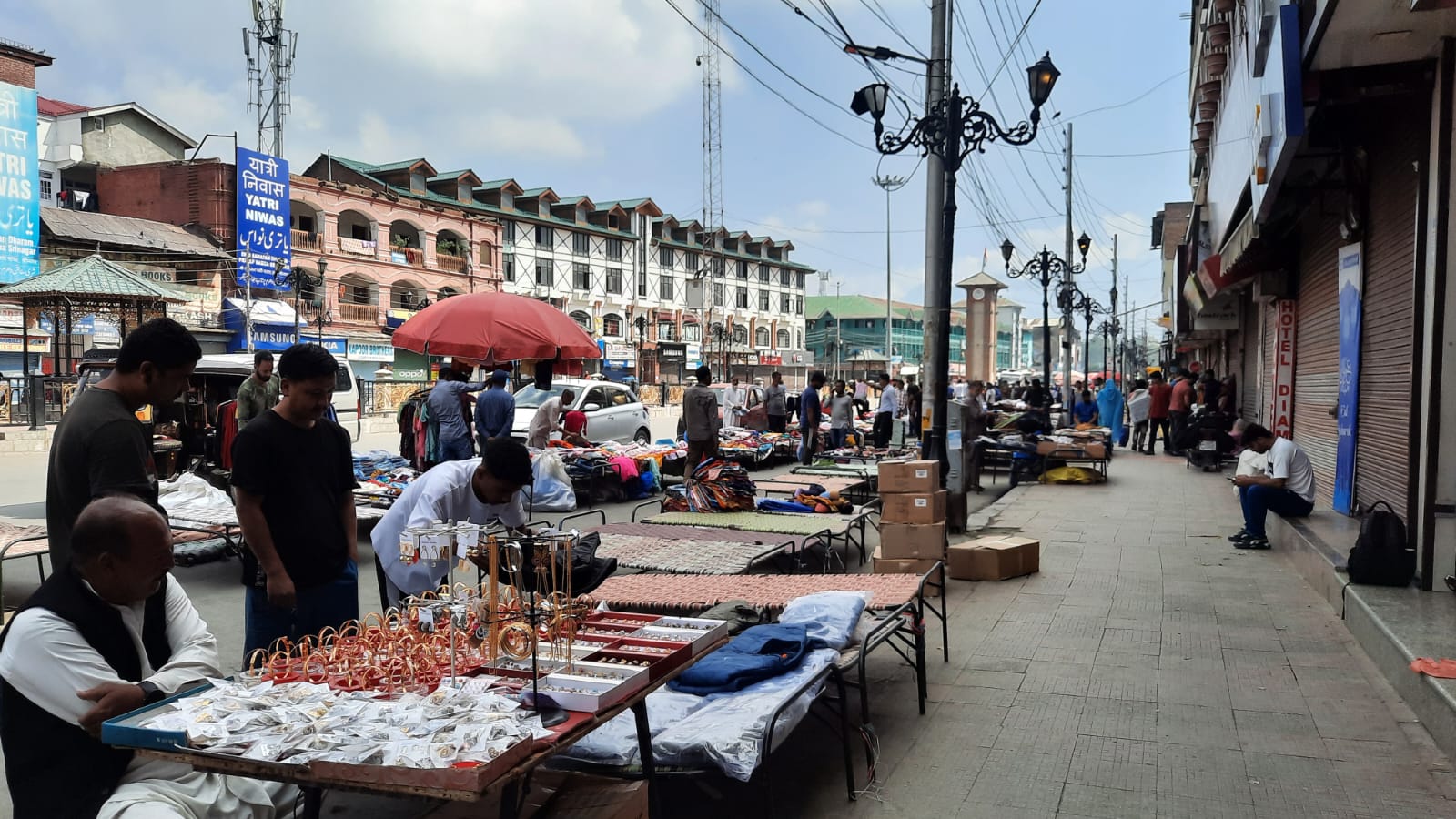Caste mode of production is based on the exploitation through caste relations of production and gender relations of production. Surplus generation process in this mode of production goes through a graded hierarchy, pumping up the surplus to the state and the castes that are at the highest position in the hierarchy. As the surplus is pumped up the hierarchical ladder of the castes, even the exploited labouring castes benefit at least partly from the labouring castes below them. This gives rise to the contradiction between the labouring castes that are, generally speaking, exploited by the caste mode of production. This basic character of the caste system governs the process of the economic, social and cultural mobility or non-mobility of any caste in the caste system.

Another basic law of motion of the caste mode of production is that there are factors determining positions of different castes in the hierarchy. More the percentage of “dirtiness” of the caste, lower its position in the hierarchy. Higher the proportion of the mental work as compared to the manual, higher the position of the caste in the hierarchy. Same with the possession of or non-possession of abstract knowledge and that of experience-based knowledge.
Monopoly over abstract knowledge, over generations of the abstract knowledge and learning of the abstract knowledge, gives highest controlling position to the highest positioned caste. It is an exclusive control over the intellectual property.
On the surface, the character of the caste system might change but these laws of motion will remain constant up to the annihilation of the caste system. These laws of motion forbid any social, economic and cultural mobility across the castes. Domination of the capitalist mode of production may make some inroads but the majority a particular caste cannot benefit from any kind of mobility. One should look at the question of mobility in relation to the caste system in the light of this basic reality of the caste system.
Mobility among Scheduled Castes
The question of the mobility among Scheduled Castes or any caste groups is related to the question of mobility between the castes in general – because it is decided by the laws of motion of the caste mode of production. Babasaheb Ambedkar has talked about the laws of motion of caste system: Caste system is not based on division of labour but on “division of the labourers”; and the caste system is a system of graded hierarchy. These basic features of the caste system decide the question of mobility amongst various castes. This means that mobility is strictly prevented by the very nature of the caste system. It not only prevents mobility among all castes or among SCs but also among sub-castes.

The growth of capitalist mode of production in India started playing a dominant role in socioeconomic formation. It started dominating caste relations of production. This new process started bringing about surface-level changes in caste relations. But the basic process of reproduction of graded hierarchy and division of labourers remained intact. As a result, the caste mode of production went on reproducing itself. The dominant capitalist mode of production created new classes within every caste but this could not end the exploitation of the majority of the exploited castes and alter positions of these castes in the graded hierarchy. This prevented the mobility of the majority of any exploited caste to the higher classes. Continuation of caste system prevented upward mobility.
Consolidation of the caste groups as vote banks helped the ossification of each caste in a group, proud of its identity and existence as a specific caste. Mobility among various castes or among SCs through inter-caste marriages never could break the rule of the system in general. It rather tended to retain such married families in the caste of the male partner. Mobility among the castes or subcastes has not, qualitatively or quantitatively increased, among people who changed the religion for freeing themselves from the caste system. Any undeterred mobility could be achieved only after annihilation of the caste system.
Forward Press also publishes books on Bahujan issues. Forward Press Books sheds light on the widespread problems as well as the finer aspects of Bahujan (Dalit, OBC, Adivasi, Nomadic, Pasmanda) society, culture, literature and politics. Contact us for a list of FP Books’ titles and to order. Mobile: +919968527911, Email: info@forwardmagazine.in)
The titles from Forward Press Books are also available on Kindle and these e-books cost less than their print versions. Browse and buy:
The Case for Bahujan Literature
Dalit Panthers: An Authoritative History
Mahishasur: Mithak wa Paramparayen





